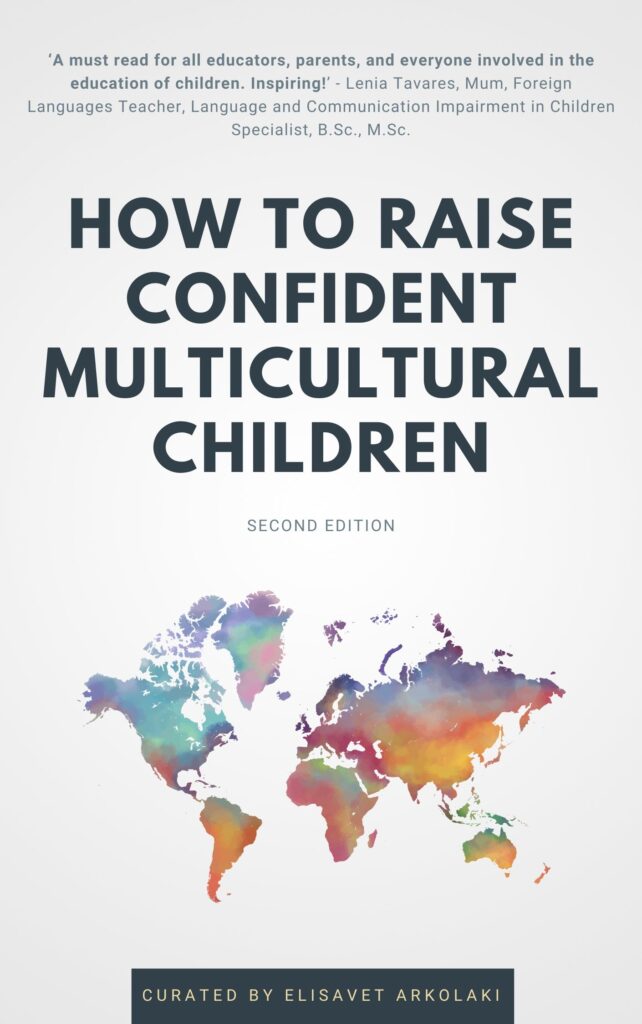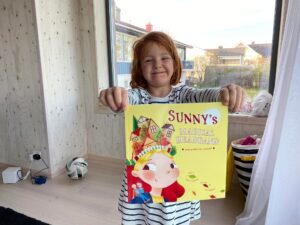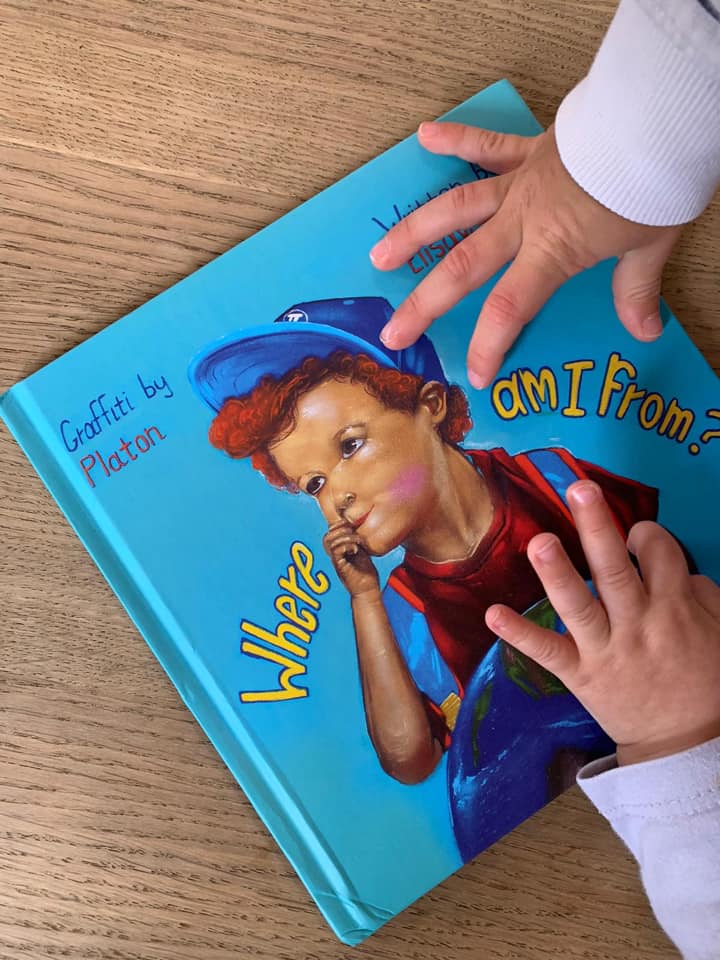The impact of culture on the education of the young

11. The impact of culture on the education of the young by Brian Vassallo
Click here for the index and access all the chapters.
The political history, life outlook, and cultural milieu of particular groups of children impact heavily upon the values and expectations placed on the children themselves. It is vital for educators, along the course of their experience in working with children, to garner knowledge of the cultural patterns in the community of the students with whom they interact.
These differences may cause educators to inaccurately judge students from some cultures as poorly behaved or disrespectful. In addition, because cultural differences are hard to perceive, students may find themselves reprimanded by educators but fail to understand what they did that caused concern. Take for example the students who collaborate with peers on a task. At first glance, it might seem that nothing is inappropriate, but when helping is extended to writing assignments or the involvement of families in composing the assignment then helping might be perceived as cheating rather than guiding. Also, if a teacher expects his/her class to be arguing around a presented topic, then those students who are quiet might be thought of as being disrespectful or lazy. Also, conflicts might arise in cases where students are brought up in environments where the property is communal but then are taught in environments where a high degree of individuality and self-achievement is encouraged.
The influence of culture, on anything that surrounds education, has a direct influence on students’ participation style. Both in Europe and in the USA, students are thought to be proactive in their learning experiences, value classroom discussions, and look teachers in the eye as a sign of respect. On the other hand, Asian students, especially females, are encouraged to exhibit low profiles and eye contact with teachers is considered to be rather offensive.
Also, some parents from Latin America tend to view teachers as experts and highly regard their opinion when it comes to important decisions on the future of their children’s academic careers. In contrast, however, most European and American parents adopt a more continuous involvement in their children’s career paths, consult teachers on an ad hoc basis but finally decide on their own accord together with their children.
These cultural underpinnings have a direct bearing on the perceptions which educators have of American, European, and Asian parents. Keeping in mind that different cultural groups adopt different interaction patterns, language prosodics and demeanor is of paramount importance. When educators become cognizant of the panacea of cultural differences within and across cultural groups they start realizing that successful schooling is the result of a multitude of constructs that need to take into account the students’ cultural makeup.
Educators need to be careful not to push personal cultural patterns upon students which counter the values and traditions ingrained in the cultural makeup of the students under their care. Being respectful as to what is positive and ethical in various cultural systems should be the hallmark of all educational systems. Negative or disrespectful mechanisms that undermine or diminish the human respect for the “other” should be addressed in a way that increases the cultural richness of all those concerned.
- Children’s behaviors and cultural factors
It must be stated from the outset that neither families nor schools can provide an answer for children’s behaviors. Parents, teachers, and children are themselves a product of an encompassing culture, which transforms itself with the changing times and promises new value sets, behavioral standards, and expectations. Children’s behaviors are the reflection of what adults present to them as the ‘appropriate’ culture to live in. When these expected behaviors, the ones proposed by the school and the ones brought about by the home environment, are in conflict with one another then problems are bound to occur. Different cultural forces play their part in pushing and pulling our children in one direction and not in another with the undesirable effect of labeling a child as ‘culturally deviant’ depending on whether s/he is at home or at school.
Other forces that are likely to bring about tension in children’s expected behaviors include adherence to community standards, influence by the media, mixed marriages, changing attitudes to sexuality, and other factors. All these come into play when examining children’s behaviors.
- Community standards
Community standards (especially those associated with minor communities) are frequently in dissonance with mainstream standards. Examples include attire, teen socialization, sexual encounters, dating, and others. Children and teenagers are frequently ‘torn apart’ between having to conform to the norms transcended to them by their families and those of the society in which they reside. Children and teenagers who practice particular religious teachings may be excluded, stigmatized, and ostracised by their peers while on the other hand, those who do not conform to their religious obligations are haunted with feelings of extreme guilt and in danger of eventual community exclusion.
- The Media
Media affects children’s behavior and debating their influence in this book can be a laborious task. It is clear, however, that behavioral expectancies depicted in the media are not consonant with some community expectancies. For example, newspapers and magazines advertise clothing that is dissonant with some cultures. They use peer pressure techniques, influencing children into purchasing an expensive mobile phone and not a cheaper brand. This puts undesirable pressure on families of low economic backgrounds. This provides fertile ground for conflicts and discord in families. Similar examples include clothing, entertainment, and leisure activities.
- Mixed marriages
Children coming from mixed marriages may have a hard time developing a sense of identity, especially during adolescence. They experience difficulty in affirming their uniqueness while recognizing the positive impact which both cultures had on their upbringing. Harnessing this positivity and using it in critical moments in their life is of vital importance.
- Changing attitudes to Sexuality
Adolescents today have to contend between the freedom that society glorifies and the responsibility that educators promote at every opportunity. Children and adolescents are frequently at crossroads between the cultural values inculcated earlier and the emerging values of the digital age. Society presents adolescents with freedoms they are not equipped to handle, falls short of equipping them with skills when they face challenges, yet castigates them for behaving irresponsibly.
Besides these factors, the children’s self-esteem and their perception of how others see them have an influence on how they function at school and outside school. The way children evaluate and the way they react to what happens around them is not culture-free.
- Some suggestions
Hence it is important for parents and teachers to help children express their emotions and to speak up for their rights when the need arises. Show openness to your child’s questions and teach them about anything in which they show interest. Allow your children to meet other children – both of similar and of different ethnic backgrounds. This will boost their self-image and self-confidence. Also, encourage alternatives to clothing, food, music, and overall atmosphere, both at home and at school. For the very young ones, you can invest in multicultural toys, books, and internet resources. You may also want to participate in multicultural events such as festivals, weddings, talent shows, etc. Help children understand that respect is common for all cultures.
Educating our younger society members is a rather complex, not to say an arduous task. The cultural makeup with which children are endowed since their very early years, and how it is developed as the years progress, is a subject of intense study and deep reflection. Care needs to be exercised to utilize children’s cultural baggage as a tool toward more successful school and societal engagement.
NEXT CHAPTER: Promoting Tolerance, practical tips – What we should do to enhance religious tolerance at home (parents) and at school (teachers)
Click here for the index and access all the chapters.
Category: Uncategorized



















